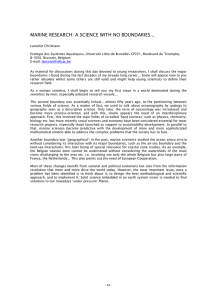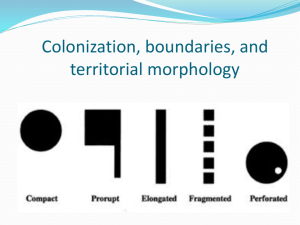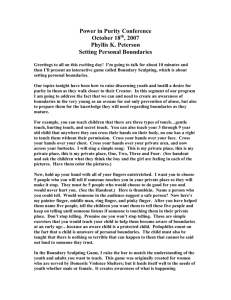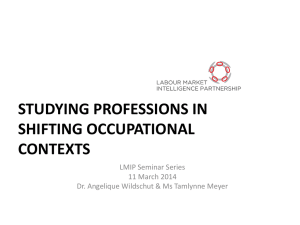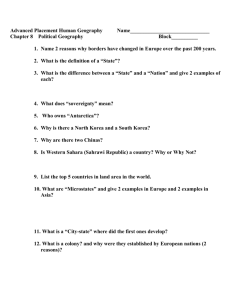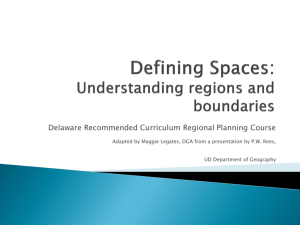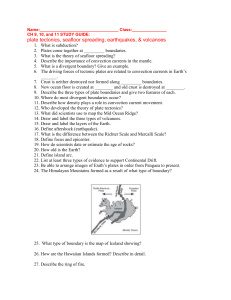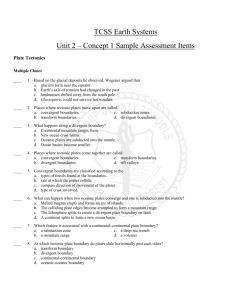Approaching Humans, Animals and Machines
advertisement
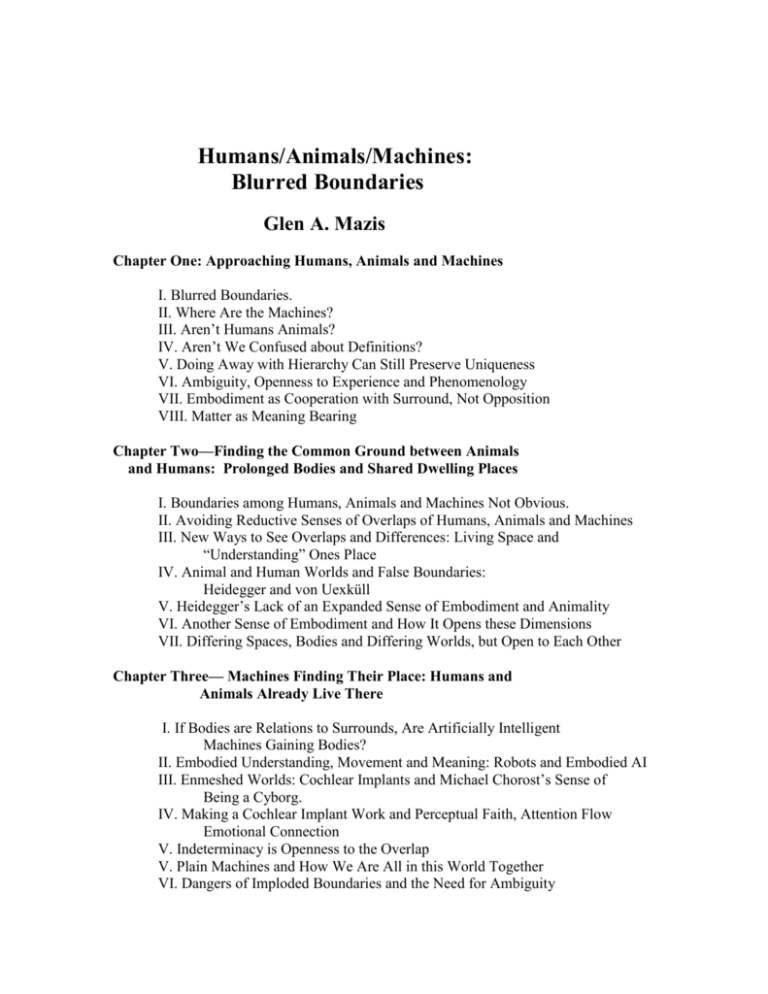
Humans/Animals/Machines: Blurred Boundaries Glen A. Mazis Chapter One: Approaching Humans, Animals and Machines I. Blurred Boundaries. II. Where Are the Machines? III. Aren’t Humans Animals? IV. Aren’t We Confused about Definitions? V. Doing Away with Hierarchy Can Still Preserve Uniqueness VI. Ambiguity, Openness to Experience and Phenomenology VII. Embodiment as Cooperation with Surround, Not Opposition VIII. Matter as Meaning Bearing Chapter Two—Finding the Common Ground between Animals and Humans: Prolonged Bodies and Shared Dwelling Places I. Boundaries among Humans, Animals and Machines Not Obvious. II. Avoiding Reductive Senses of Overlaps of Humans, Animals and Machines III. New Ways to See Overlaps and Differences: Living Space and “Understanding” Ones Place IV. Animal and Human Worlds and False Boundaries: Heidegger and von Uexküll V. Heidegger’s Lack of an Expanded Sense of Embodiment and Animality VI. Another Sense of Embodiment and How It Opens these Dimensions VII. Differing Spaces, Bodies and Differing Worlds, but Open to Each Other Chapter Three— Machines Finding Their Place: Humans and Animals Already Live There I. If Bodies are Relations to Surrounds, Are Artificially Intelligent Machines Gaining Bodies? II. Embodied Understanding, Movement and Meaning: Robots and Embodied AI III. Enmeshed Worlds: Cochlear Implants and Michael Chorost’s Sense of Being a Cyborg. IV. Making a Cochlear Implant Work and Perceptual Faith, Attention Flow Emotional Connection V. Indeterminacy is Openness to the Overlap V. Plain Machines and How We Are All in this World Together VI. Dangers of Imploded Boundaries and the Need for Ambiguity Chapter Four—Drawing the Boundary of Humans with Animals and Machines: Greater Area and Depth. I. Can We Draw Boundary Lines? II. “The Rational Animal” Using Tools, Speaking, and Passing the Turing Test III. Thinking Substance and How It Feels to Meet a Thinker with a Face VI. Human Thought Extended by Machines V. Humans Locate and Direct Themselves in Mood, Emotion and Feeling Thought VI. “We Feel” and the Emotional Valence VII. Neural and Material Plasticity and Open Systems VIII. Brains as Process, Emotions as Integrating, and Selves Both Inside and Out Chapter Five—Drawing the Boundary of Humans with Animals and Machines: Reconsidering Knowing and Reality I. Juxtapositions, Brain Hemispheres, Integrations, and Yin/Yang II. Quantum Minds and Nondualistic Reality III. Nonlocal Quantum Reality, “Phenomenality,” and Nonlocal Emotion IV. Imagination, Being Moved, and the Virtual Dimension of Human Life V. The Story Telling Communal Animal, Integrated Brains/Selves, and Human Excellence VI. Ambiguity and Boundaries among Networks VII. Inside and Outside Ourselves Simultaneously, Freedom, Interbeing VIII. Humans Witness the World’s Depth in Multivalent Apprehension Chapter Six—Animals: Excellences and Boundary Markers I. The Problem of Understanding Animals’ Perspectives from Within II. The Thickness of Animal Perception versus a Reductive Mechanical Model III. Animals and Pre-reflective Perceptually Grounded Selves IV. Animal Perceptual Sensitivity Meshes with Niches not Human Enclosures. V. Instinct as the Life of the Dream VI. The Expressive Spontaneity of Animals as Embodied Dialogue Chapter Seven—Machines: Excellences and Boundary Markers I. Machines and Solid, Impervious Materiality II. Machines, Consistency and the Time of the Earth III. Machines, Power, Precision, and Machine Beauty. IV. Machines, Speed, and the Lack of Place for Deeper Time V. Machines, the Arbitrary, and Dissonant, Arrhythmic Time VI. Machines as Woven into the Fabric of the Surround Conclusions about the Community of Humans, Animals and Machines I. Is There Personhood for Animals and Machines? II. Obligations to Sacrificing Animals and Helping Machines, Good and Bad Persons, and Guardianship III. An Ecospirituality of Humans, Animals and Machines
